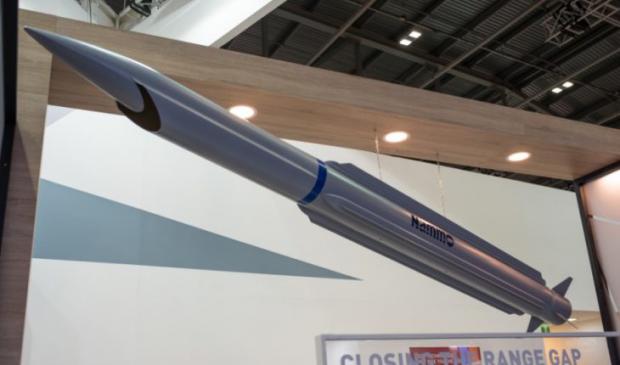
Breaking News
DRINK 1 CUP Before Bed for a Smaller Waist
 Nano-magnets may defeat bone cancer and help you heal
Nano-magnets may defeat bone cancer and help you heal
 Dan Bongino Officially Leaves FBI After One-Year Tenure, Says Time at the Bureau Was...
Dan Bongino Officially Leaves FBI After One-Year Tenure, Says Time at the Bureau Was...
 WATCH: Maduro Speaks as He's Perp Walked Through DEA Headquarters in New York
WATCH: Maduro Speaks as He's Perp Walked Through DEA Headquarters in New York
Top Tech News
 Laser weapons go mobile on US Army small vehicles
Laser weapons go mobile on US Army small vehicles
 EngineAI T800: Born to Disrupt! #EngineAI #robotics #newtechnology #newproduct
EngineAI T800: Born to Disrupt! #EngineAI #robotics #newtechnology #newproduct
 This Silicon Anode Breakthrough Could Mark A Turning Point For EV Batteries [Update]
This Silicon Anode Breakthrough Could Mark A Turning Point For EV Batteries [Update]
 Travel gadget promises to dry and iron your clothes – totally hands-free
Travel gadget promises to dry and iron your clothes – totally hands-free
 Perfect Aircrete, Kitchen Ingredients.
Perfect Aircrete, Kitchen Ingredients.
 Futuristic pixel-raising display lets you feel what's onscreen
Futuristic pixel-raising display lets you feel what's onscreen
 Cutting-Edge Facility Generates Pure Water and Hydrogen Fuel from Seawater for Mere Pennies
Cutting-Edge Facility Generates Pure Water and Hydrogen Fuel from Seawater for Mere Pennies
 This tiny dev board is packed with features for ambitious makers
This tiny dev board is packed with features for ambitious makers
 Scientists Discover Gel to Regrow Tooth Enamel
Scientists Discover Gel to Regrow Tooth Enamel
 Vitamin C and Dandelion Root Killing Cancer Cells -- as Former CDC Director Calls for COVID-19...
Vitamin C and Dandelion Root Killing Cancer Cells -- as Former CDC Director Calls for COVID-19...
Ramjet Artillery and Missiles Will Have Five Times the Range

150 kilometers means that if you were fighting in Belgium, then you could fire from Brussels to Bastogne. Bastogne was a famous area of fighting in World War 2. Brussels is in the center of Belgium. Ramjet artillery batteries around Brussels would be able to target almost anything in the entire country.
A shell fired at mach 2.5 enables air intakes to take in oxygen that will ignite the fuel. Removing the need for missiles and shells to carry oxidizer increases fuel capacity by five times. This can mean a mix of longer ranges and higher speeds.
Ground-based missile ranges could go from 60-70 km to go to 300-350 km (210-280 miles). air-launched missile ranges could go beyond 500 km (300 miles).
The US was converting to hypervelocity projectiles, which were just extremely aerodynamic. Hypervelocity projectiles can triple the range of artillery. The ramjet artillery would still have nearly double the range of hypervelocity projectiles.
Having primary weapons with shorter effective ranges is a huge military disadvantage.



